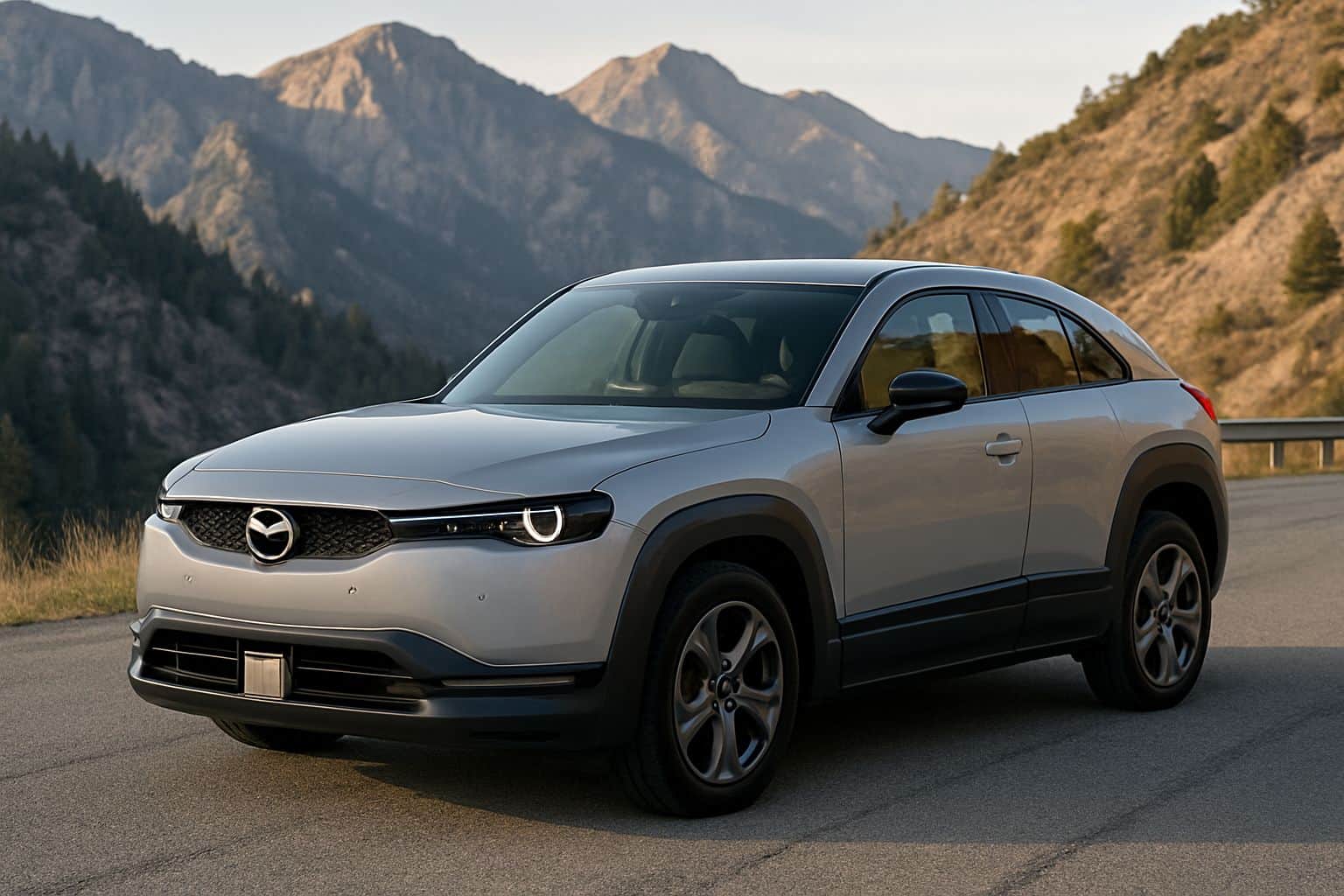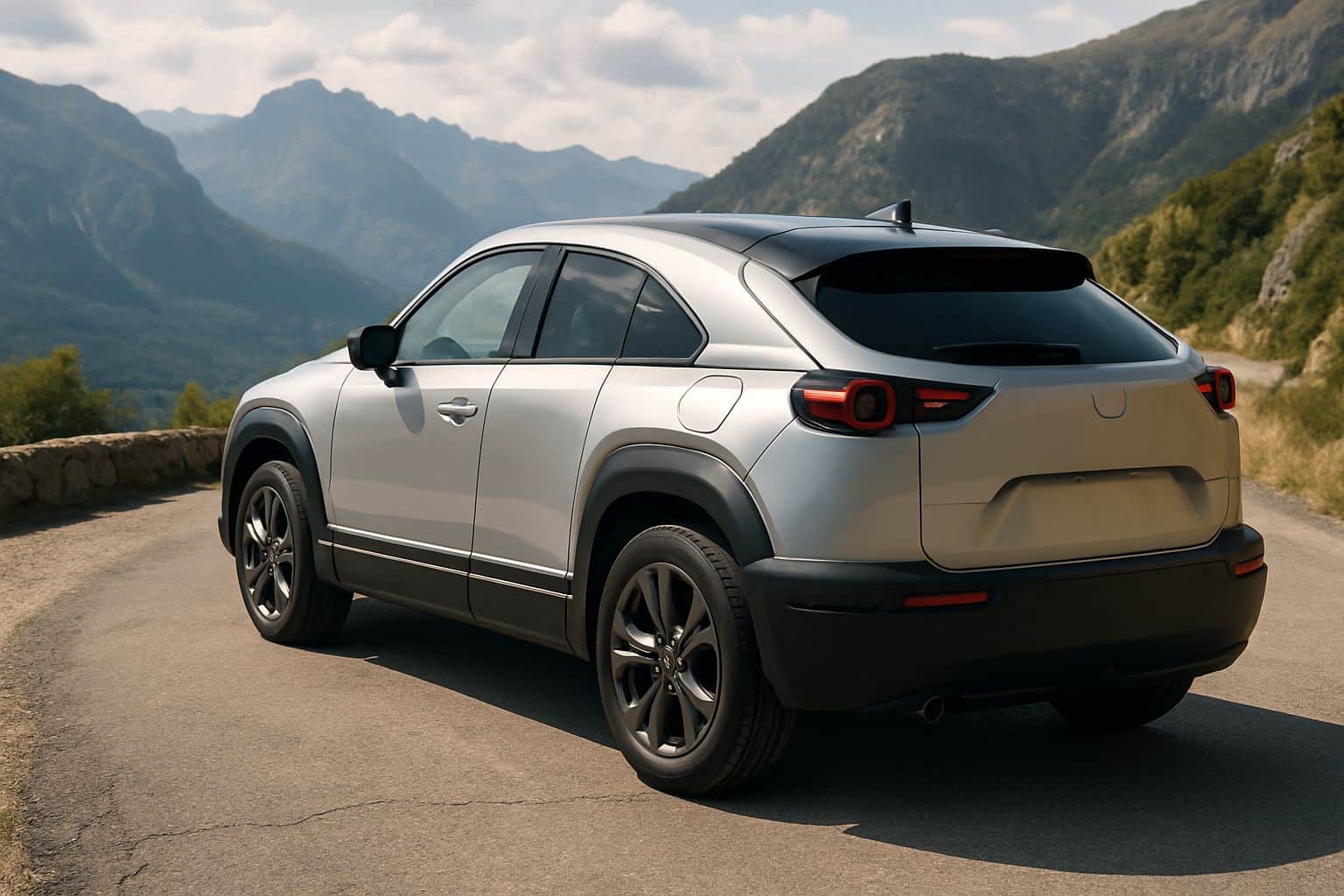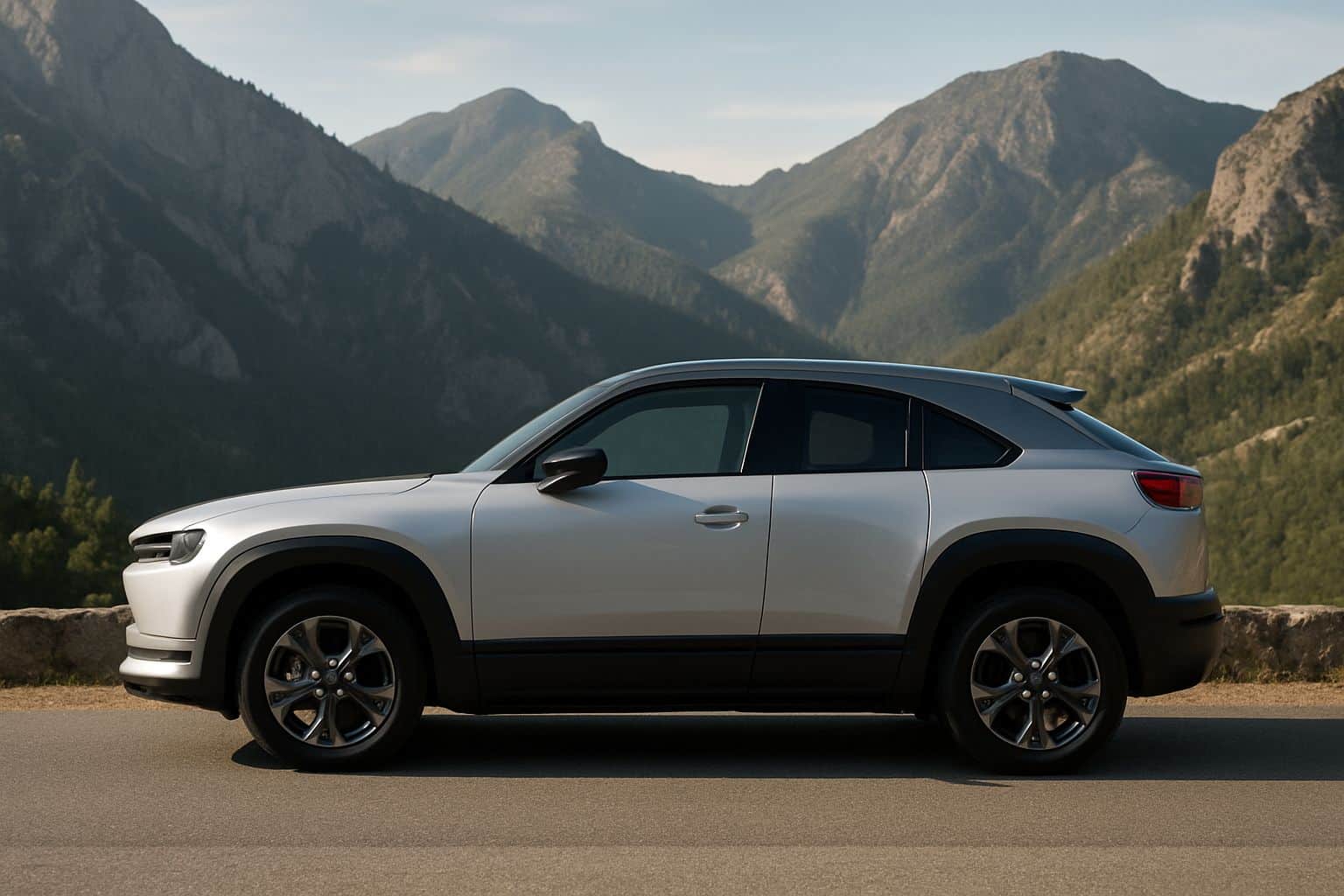


Mazda MX-30 SUV (2020 onwards) Review
Expert review with performance specs, running costs, and finance options.
Honda e Hatchback
Market Position:
Positioned as a stylish and compact electric vehicle with a focus on urban driving.
Features Comparison:
The Honda e offers a more retro-inspired design with advanced tech features like a dual-screen infotainment system, but the MX-30 has a more spacious interior and a larger battery capacity.
Price Comparison:
Typically, the Honda e is slightly more expensive than the MX-30 due to its premium positioning and unique design.
Running Costs:
The Honda e has competitive running costs with good electric range, but the MX-30's larger battery may offer better long-distance efficiency, while both vehicles are generally reliable and have similar insurance costs.
Mini Electric Hatchback
Market Position:
A premium small electric vehicle known for its fun driving dynamics and iconic design.
Features Comparison:
The Mini Electric offers a sportier driving experience and a high-quality interior, but the MX-30 provides more practicality and a larger cargo space.
Price Comparison:
The Mini Electric is generally more expensive than the MX-30, reflecting its premium brand status and features.
Running Costs:
While both vehicles have similar electric running costs, the Mini may have slightly higher insurance premiums due to its premium nature, whereas the MX-30 is more budget-friendly in terms of servicing.
Peugeot e-208 Hatchback
Market Position:
A stylish and affordable electric hatchback aimed at younger buyers.
Features Comparison:
The Peugeot e-208 features a modern interior with a focus on tech and comfort, but the MX-30 stands out with its unique design and more spacious cabin.
Price Comparison:
The e-208 is generally priced similarly to the MX-30, making them direct competitors in the small electric vehicle market.
Running Costs:
Both vehicles offer competitive electric running costs, but the e-208 may have a slight edge in efficiency, while the MX-30's ownership costs are comparable.
The Mazda MX-30 SUV (2020 onwards) competes well in the small electric vehicle market, offering unique design and practicality against its rivals.